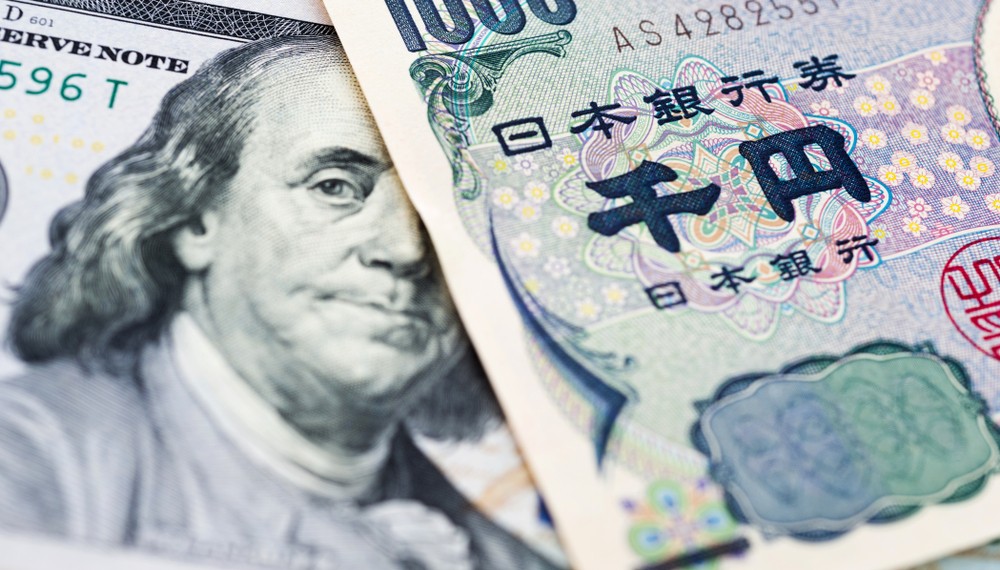The United States has the largest economy in the world, followed by China. Since 2018, U.S. and China imposed tariffs on various products as part of the prolonged trade war. The dispute between the largest economies in the world created many problems for the stocks.
In October, the U.S. and China reached an agreement. Nevertheless, the date when leaders of the U.S. and China will sign the “Phase one” trade deal remains unknown.
In less than one week, the U.S. will impose additional tariffs on Chinese exports. It means that the U.S. and China should work faster to avoid this scenario.
Stocks on Monday
On Monday, stocks in Asia increased even though China’s exports missed its expectations.
The Shanghai composite rose to around 2,914.48. At the same time, the Shenzhen component at 9,876.27. Another major Chinese stock index which is the Shenzhen composite to around 1,640.51.
Based on the country’s customs data, exports declined in November. Moreover, it was the fourth consecutive month of negative results.
In Hong Kong, the Hang Seng index fell by 0.14% during the final hour of trading. Ongoing protests, the government, which started six months ago, continues to affect the economy of Hong Kong.
China’s overseas shipments declined by 1.1% year-on-year in November 2019. Analysts predicted that exports would increase by 1.0%. However, imports rose 0.3% in comparison with the same period of time in 2018. It is worth mentioning that, according to the projection’s imports would decline by 1.8%.
In Japan, the Nikkei 225 gained 0.33% to 23,430.70. The shares of index heavyweight Softbank Group increased by more than 1% on December 9. The Topix index finished the trading day 0.51% higher at 1,722.07.
In South Korea, the Kospi index added 0.33% to close at 2,088.65. In the Asia Pacific region, more precisely in Australia, the S&P/ASX 200 rose 0.34% to end its trading day at 6,730.00.









COMMENTS